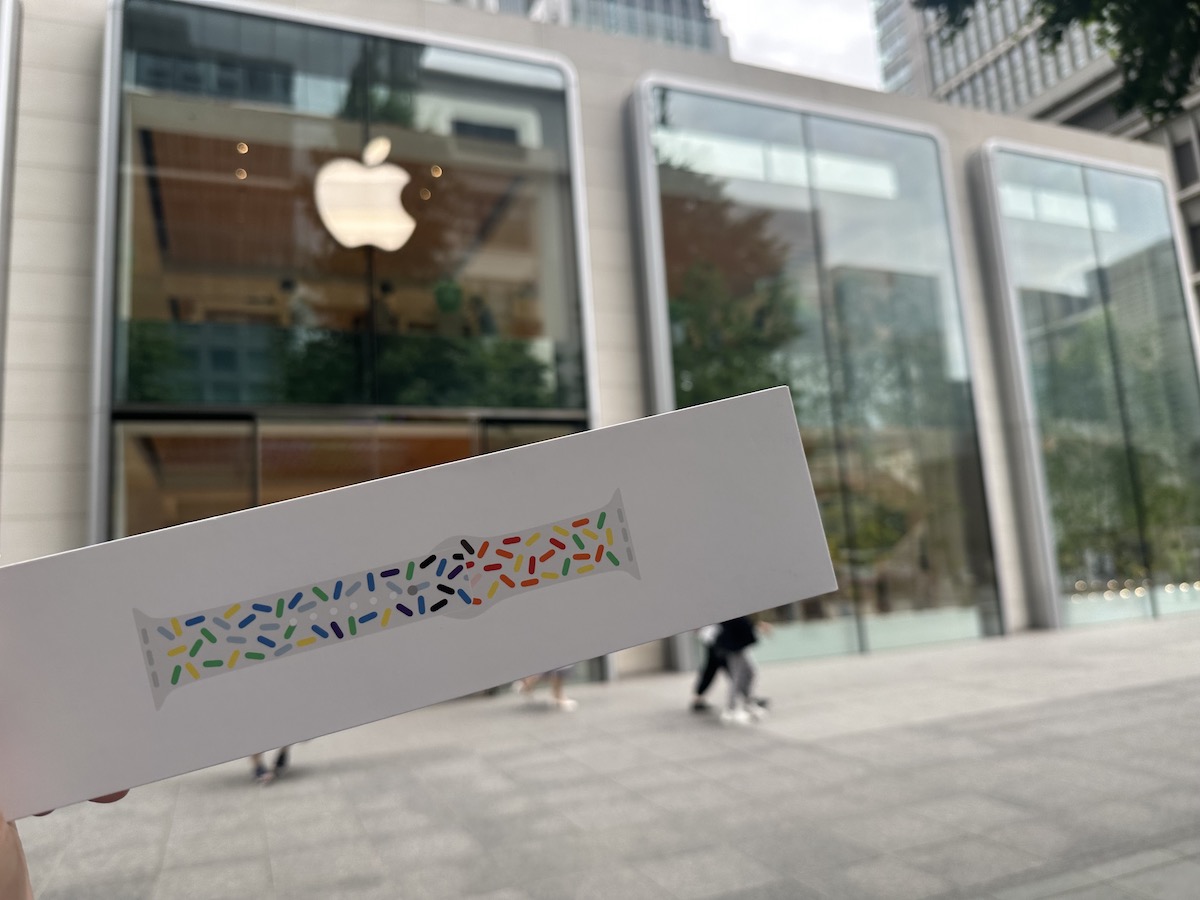Do you think you’re still young, Melissa?
Because I can tell you right now, I think I still am. A little, anyway.
This past year, all I’ve heard from people is how I don’t look my age. They say it’s due to my Asian genes, which makes it one of the few positive traits I’ve been able to claim because of them. Not a bad one, as far as positive traits go. Perhaps even a great one, now that I have a better understanding of the value of such a trait in the first place. Obviously, when you’re young you don’t care about looking young, because you actually are. But when you’re a little older, you’re hopefully a little wiser, too, and with that comes the understanding that looking younger than you are can be a good thing. Some of the time.
I started a new job in a new org this past year, and that has meant meeting more new people that I normally would. Most of them are surprised to hear how old I actually am, usually followed up with comments like “wow, you don’t look that age at all!”, or “must be those Asian genes making you look younger than you really are”, or even “wow, I would never have guessed you’re that old.” Thanks, I guess? It’s always meant like a compliment, even though sometimes it doesn’t feel like one.
I had a short stopover in Singapore recently and was ordering some kaya toast at the airport. I had just spent three weeks in Malaysia, so initially I said “satu kaya toast” before correcting myself and saying “one kaya toast”, like any normal English-speaking person would. Turns out the guy serving me was from Malaysia anyway so he understood me fine. He asked me where I was from, I said that I had just come from Malaysia, but was heading back to Australia. He asked me to study or work, and I said to work, and he replied “oh, so young!”. I laughed and agreed. I wasn’t entirely sure how he thought I was young given I was wearing a mask that covered most of my face, but I wasn’t about to correct him, either, mainly because I knew that if I did, I’d probably get the same “wow, you look so young”-type comment that I had heard plenty of times before.
Maybe it’s because I’m still single and unmarried, but I think there are other measures of how old someone is besides their age. But just because someone has less major life experiences than someone else, does that mean they’re younger? Just because someone has never gambled real money at a casino, or has never married, or had kids, does that mean they’re younger than someone who has? Not necessarily, right? Isn’t it possible they just have a different set of life experiences to you? What about if they have own their own place, but have never owned their own car? What if they were the youngest person to accrue long service leave at their previous company? How old would that person be, exactly?
I think there’s a not-insignificant difference between how old someone is (their age), and how mature they are. It’s why you hear terms like “they have an old soul” to describe people who are mature enough to be distinctly different than their peers who may be as old as they are, age-wise.
So if we’re making the distinction between age and maturity, then I think there’s every chance that I’m still young, even though I’m in my early thirties. Anecdotally, my small bubble of the world seems to agree. From where I’m observing, people seem to be getting married later and having kids later in life than their parents did. Teenage pregnancies and shotgun weddings not withstanding, of course.
Now all I have to do is get out there and do the things I want to do. You know, while I’m still young.
What are those things? I’m still figuring that part out.




